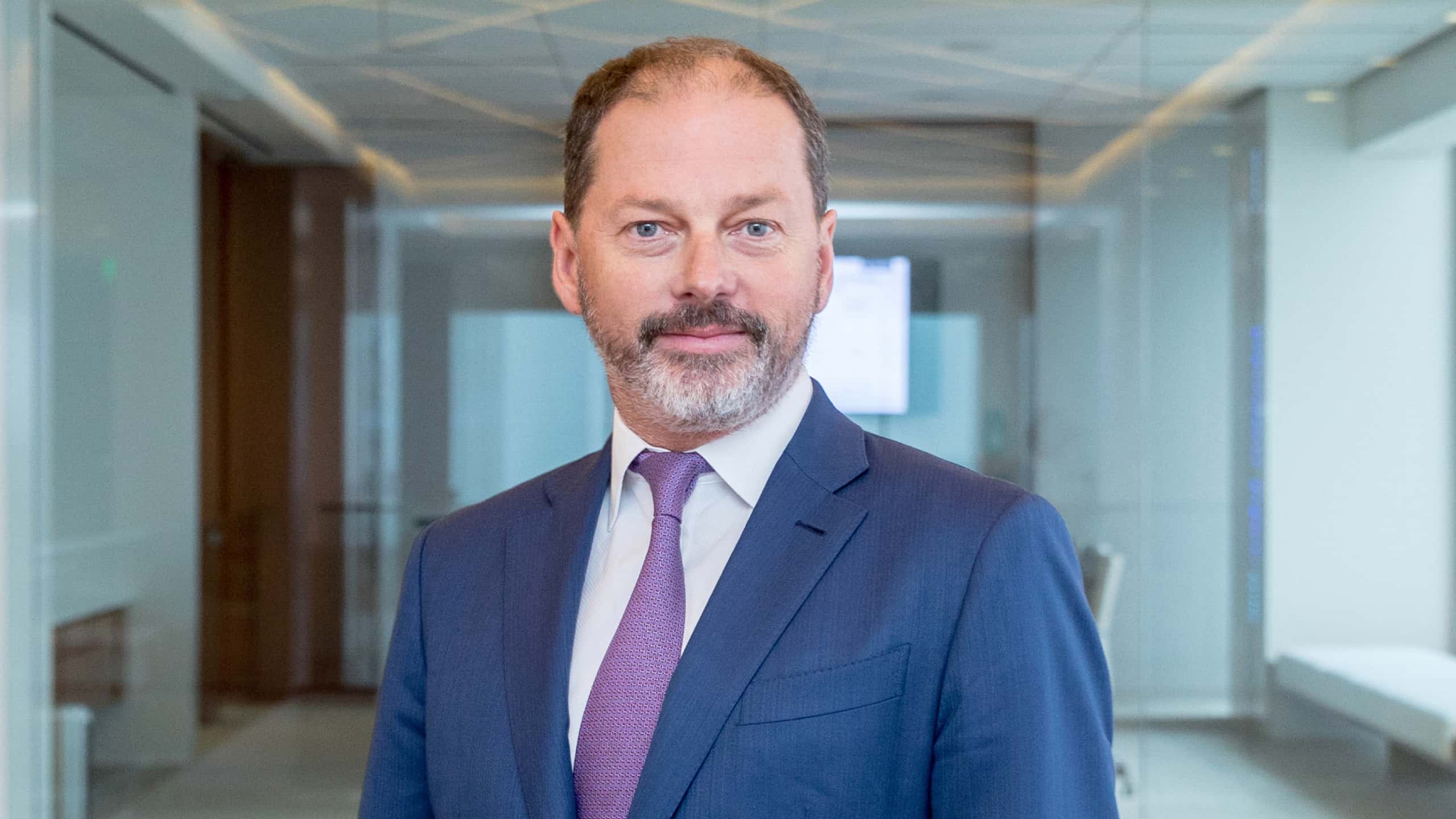Text on screen: John Valtwies, Account Manager
Valtwies: Welcome to Australian Family Capital outlook for 2023. Rob It's been an unprecedented year with some fairly unexpected outcomes and we’ve seen a massive tightening in financial conditions. How would you sum up the year from an Australian perspective?
Text on screen: Rob Mead, Head of Australia, Co-head of Asia-Pacific Portfolio Management
Mead: Yeah, I think you make very good points and I think the one takeaway that calibrates all of that is inflation. And remember, not even 12 months ago, whenever we used the word inflation, we always used to put the word transitory in front of it. Now, when we talk about inflation, we put the word sticky in front of it. And I think that really gives you a good reason why financial conditions have had to tighten as much as they have. Central banks have had to do something. They're missing their mandates by three, four, five, six plus percentage points. And because of that, we're going to be in a tight policy environment for a little while to come.
Valtwies: So when we look at the bond market, we're looking at yields that we haven't seen for more than a decade and how that translates to all investments, it really means that the hurdle rates have gone up. And what we mean by that is when you're looking at equities, real estate, other private assets, the hurdle to invest is now much, much higher. So how should investors be thinking about their portfolios in 2023?
Mead: And so, as you mentioned, the bond market moved very quickly, it repriced higher. Obviously directly impacted by expectations for interest rates changing. But all the other asset classes you also referenced, they should also be very sensitive to the level of interest rates, the borrowing rates, especially for companies that had floating rate borrowings. And those are all becoming more expensive. The hurdle rate, as you said, if you can earn four or five plus six, maybe even 7% from fairly high quality bond investments to really take a lot of risk, especially to take illiquidity risk. The hurdle should be much higher than that. And I think when we’re looking across the marketplace, some assets are being very slow to mark to market.
And I think that's one thing that investors should be very focused on as we move into the next year. The other thing to bear in mind is that with that inflationary backdrop, the bail out mechanism that many investors got used to historically is really not available. The central banks can't really provide support until inflation's back near the target and as a result of that, investors should be even more focused on understanding the fundamentals, not the ones that could provide what have been provided support historically, but the standalone fundamentals that should withstand even recessionary like environments.
Valtwies: Rob with those significantly tighter financial conditions, the prospects for recession are obviously higher as well. Where do you see the best investment opportunities?
Mead: Well, it's been a while since I've talked about core bonds, but given what we've discussed and how yields have increased significantly over the past year, the role of core bonds in a diversified portfolio is back. The reason you own core bonds is obviously for income generation. It's for diversification against some of the riskier assets that they have low correlations with, and it's also for capital preservation. So all of those characteristics are super important now in a portfolio context.
The second thing, and we discussed this a little bit already, is just be cautious around assets that haven't repriced. And so when you're building a portfolio today, when you are deploying any dry powder that you have, there's going to be plenty of opportunities that are now reflecting this environment of tight financial conditions, wider credit spreads, higher yields. And so keep thinking about that hurdle rate for taking risk.
But there's going to be plenty of opportunities coming. We're already starting to see that. And as we do enter recessionary like economic activity, then we'll find very quickly which underlying investments were fundamentally able to generate the cash flows they promised and those that were reliant upon this third party support that will not be forthcoming this time.
Valtwies: Well, thanks, Rob. And there you have it. For the first time in a long time, bonds look very attractive with our portfolios yielding 4 to 5% and greater. We think it makes sense to be looking to allocate to those investments over the next 12 months.
And with that recessionary environment building, we're likely to see some further dislocations in private markets as well. We look forward to working with you in the new year. We'll see you then.

